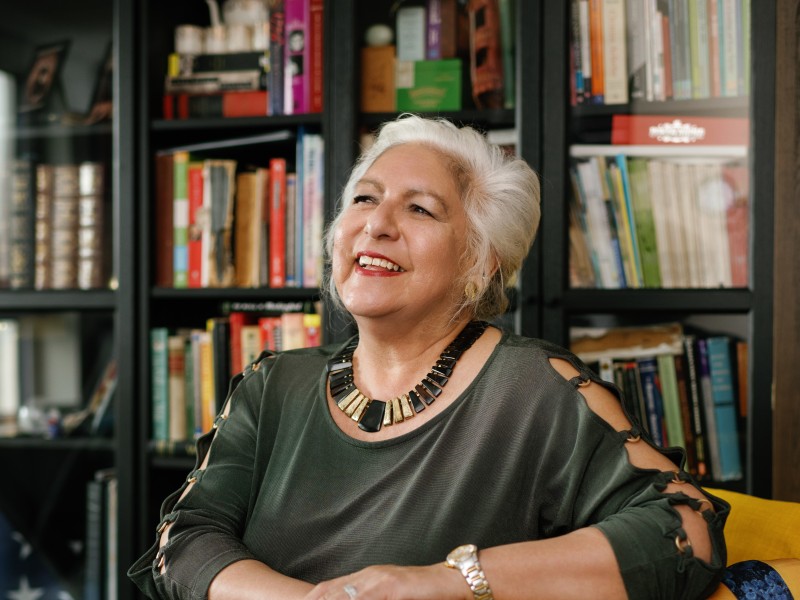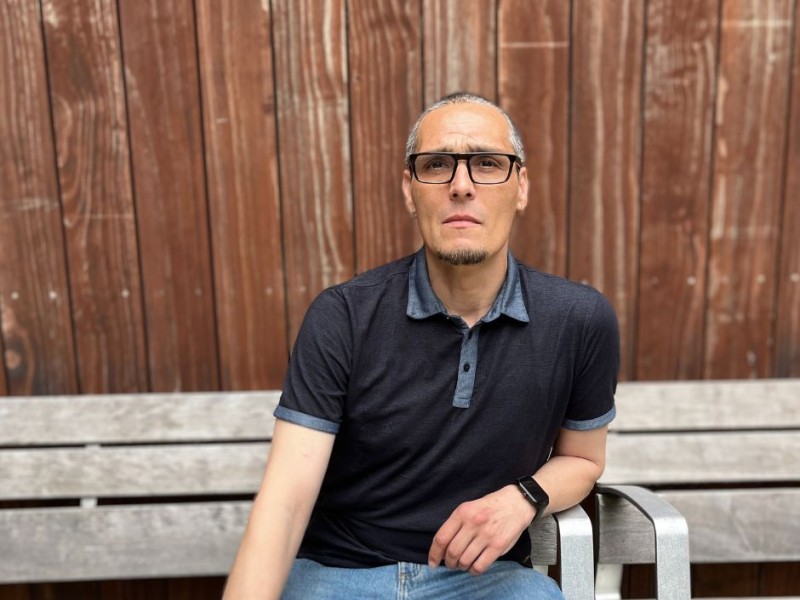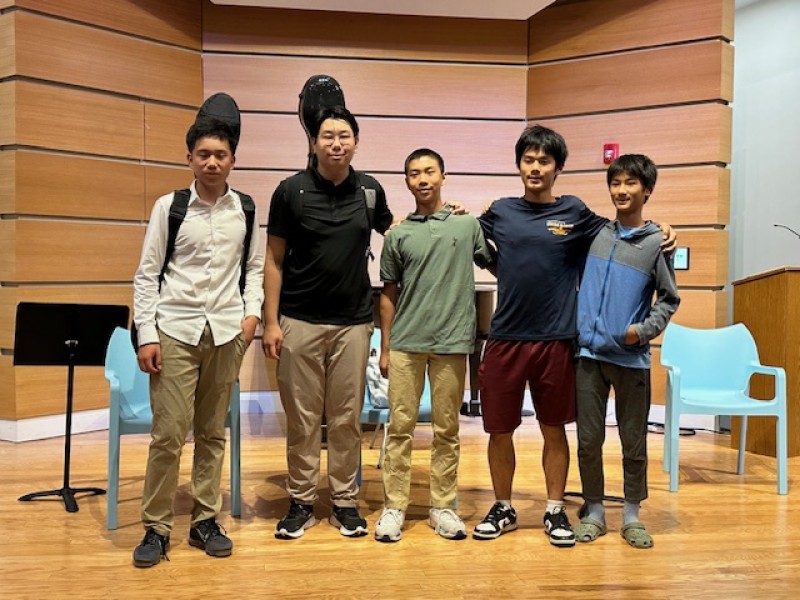From isolation to connection: The impact of shared spaces in senior communities

As we age, how we live is just as important as where we live. Having access to thoughtfully designed and welcoming community spaces can help older adults feel more connected to those around them — fostering an environment where they can thrive. Despite the range of benefits shared spaces offer, traditional funding programs for affordable housing rarely consider the need for socialization when developing senior housing.
The importance of community spaces
Shared spaces provide a hub for socialization and should be integrated into every senior living community. From art classes and meals to informal chats with neighbors and special events, these spaces empower residents to connect with fellow residents as well as staff members. Meaningful connections help alleviate feelings of loneliness and isolation to bolster overall well-being. “At 2Life, we design spaces that make it easy for residents to step out of their apartments and find their way into the community,” says Emily Levine, chief of advocacy for 2Life. That means creating “village centers” — welcoming areas where people can relax, learn, engage in conversation, listen to music, and participate in fitness activities.
However, the benefits go beyond social connection. Integrating more communal spaces into a senior living community also creates a vibrant place for enriching programs and provides opportunities for partners and members of the surrounding community to engage more seamlessly with residents. An exciting example is the J.J. Carroll House in Brighton which, in partnership with Element Care, includes a Program of All-inclusive Care for the Elderly (PACE) Center. PACE’s comprehensive health and wellness services provide excellent, comprehensive care close to home for qualifying seniors who live on our Brighton campus as well as in the surrounding community.
Funding models need to catch up
Despite increasing recognition of the value of community spaces, funding for affordable senior housing still lags. Many government programs aimed at supporting affordable housing developments fail to explicitly address the significance of these spaces for residents’ well-being. This oversight exacerbates the risk of loneliness, particularly for seniors, as reduced physical mobility often keeps them closer to home.
For 2Life, community spaces are non-negotiable. Our communities weave together different funding sources, and we are grateful for the generous support of private philanthropy and special programs that help us demonstrate the powerful benefits of our model. Unfortunately, without that support, this model lacks scalability, making it critical that we seek new and improved funding models to ensure these intentional spaces continue to be integrated into all future projects.
Signs of promise
There are signs of growing support that could lead to much-needed systemic change.
“The success of our communities depends on nurturing partnerships with stakeholders, individuals, and organizations that understand the power of connected spaces in building community,” says Levine.
2Life’s advocacy efforts recently secured critical funding from the 2024 Congressional budget thanks to collaboration with the offices of U.S. Reps. Seth Moulton and Ayanna Pressley, and U.S. Sens. Elizabeth Warren and Edward Markey. These funds will directly support the development of Village Centers at two communities currently in development — Brooke House at Olmsted Village in Mattapan and Solimine House in Lynn.
“While these grants were a onetime allocation specific to these projects, they signal a broader, growing recognition of the importance of vibrant, connected spaces within communities like ours, and highlight the value of building partnerships,” says Levine.
Drawing attention to secure funding for community spaces takes patience and resilience, but there are many rewards. Every new project that goes beyond simply building apartments can bring about a positive change in the lives of older adults and redefine what it means to age well.
“We’ve seen the amazing things that happen when seniors live in a vibrant community that facilitates their independence, values their skills and lived experiences, and provides opportunities to meet new people who help them lead engaged, fulfilling lives,” explains Levine.
For these reasons, Levine says public spaces are essential when it comes to building senior communities, reiterating 2Life’s approach.
“We developed a proven model for creating modern, integrated living environments for seniors,” she says. “Our goal is to shift the mindset about the importance of shared spaces and make access to truly aging in community a fundamental component of the senior living experience.”


